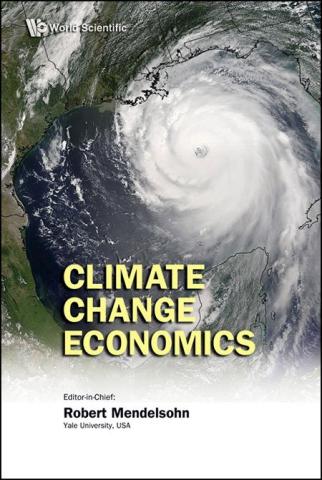Abstract
Weather and climate information services (WCIS) are recognized as a powerful tool to support the management of climate risk in the context of climate variability. However, the picture of its value for agriculture is not yet well evaluated. This study used the Average Treatment Effect (ATE) framework to assess the impact of WCIS use on yield, income and technical efficiency of
cowpea and sesame production in Burkina Faso. The study involved 170 farmers from 17 villages including 11 experimental villages exposed to WCIS and 6 control villages not exposed. The study found that farmers exposed to WCIS changed their crop management’s practices. A significant number of farmers used forecasts of the rainy season’ length and the onset date to
choose which crop and variety to grow, which location and size of plots to crop. Daily forecast information was used for farm crop operations (choosing the date of land preparation, sowing, fertilizing, weeding, etc.), while the seasonal forecast was used for strategic decision (selection of crop and production site location). The use of farm inputs and labor requirements are different
between climate-informed farmers and non-exposed farmers, the latter farmers tending to use more labor. The study showed that cowpea producers using WCIS obtained significantly higher yields (848 kg/ha on an average compared to 675 kg/ha for non-WCIS users); higher gross margin (34% higher than non-users). However, the impact of WCIS was not significant for sesame
production. This may translate the strong linkage and dependence of the effectiveness of using WCIS with other factors than just climate variability, particularly the ability of the farmer to understand and apply relevant agro-met-advisories and crop–soil–water attributes.

